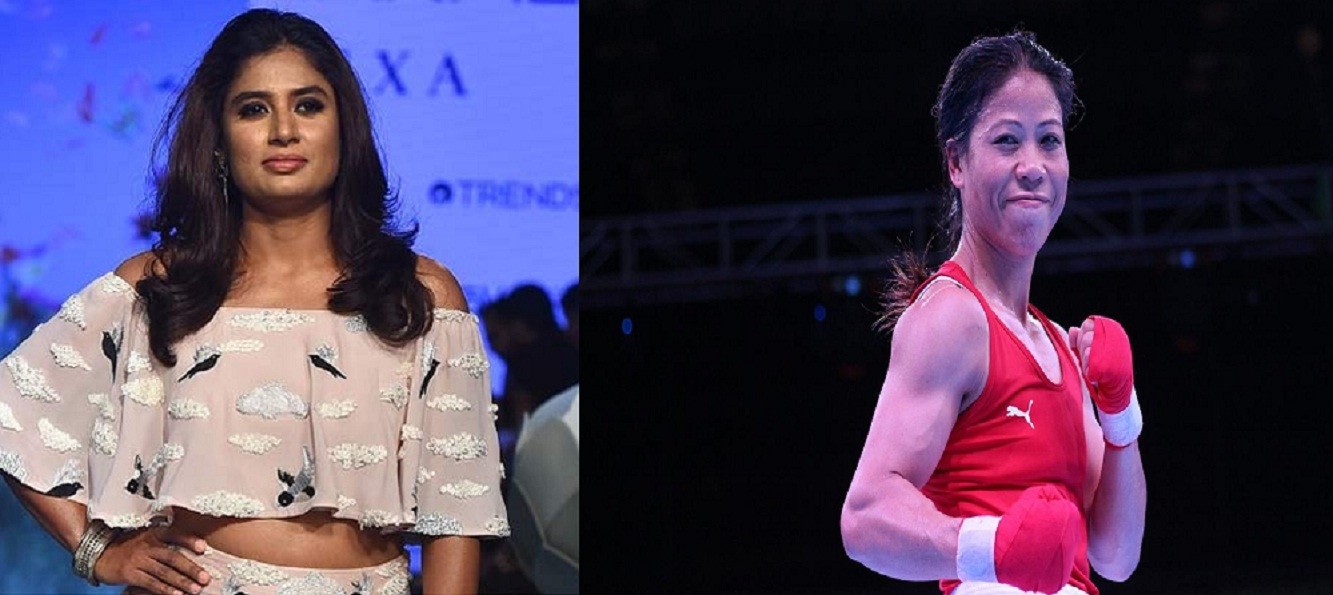on song
| Date :26-Apr-2021 |

IN THE past few years, Indian sportswomen are proving to be almost equal partners of men in achieving new highs in most sports. If Mithali Raj became the second woman in the world to score 10,000 runs in women’s cricket, she was only following in the great footsteps of M.C. Mary Kom and others in women’s boxing. And to give these women company in the rarely populated zone of high achievement, Indian women are have been doing very well for themselves and the country in sports like tennis, badminton, chess, wrestling, boxing, fencing, hockey and, of course, cricket. This rise of women-power in Indian sports has brought cheer certainly to women in particular but also to the larger society in general. Currently, Indian women are proving themselves to be among the world’s best in tough sports like wrestling and boxing and fencing, to name a few, competing for honours and medals at the material level and respect in the people’s hearts at the spiritual level.
Of course, this has not come in a matter of days. Like women in any other countries, Indian women, too, worked hard for decades on end to achieve this kind of respectable parity in multiple achievements. In the process, as they tasted success, Indian women also tested the society’s spiritual and philosophical tenacity to accommodate their achievers’ thrust. As women kept nudging as societal seams for more space, sports became one field where their struggle was particularly hard -- which the male section of the population understood only in parts. No matter that, the struggle of the Indian women in sports shows itself in two eternal phases -- first to step in, and then to take many steps forward to achieve excellence. There were social obstacles as well. Women wearing sports attires that also expose at least limbs were an anathema in both, individual and team sports.
And in contact sports such as wrestling and boxing, the social antagonism was of an intense nature. Thankfully, Indian women fought back successfully all these dogmas and are now an integral part of the peak segment of the pyramid of success in sports -- which is currently in evidence in multiple disciplines. The manner in which Indian women and girls are doing very well in world boxing , wrestling, fencing, badminton and athletics is a matter of terrific social pride for Indian people. But this progress came through a jungle of confused economics, sociology, psychology, physiology and even chemistry -- collective or individual -- over time. Now, women wearing sports attires and moving without social hindrances is an every-day affair in India. But that was hardly the case until just a few years earlier. The early generations of Indian ladies really fought back social dogma to pursue their dreams in sports but did not allow their urge to chase excellence to die down under societal antipathy.
This story, unfortunately, never gets told in this fashion in Indian homes or in schools and colleges. But this is the story which we must never shy away from sharing with our succeeding generations of boys and girls. For, it is behind that story that India’s true social dawn is hiding itself. That dawn will signal not just a larger equality, but also a better scope for both the genders to flourish spiritually within their respective frames. That is one the core values of sports.